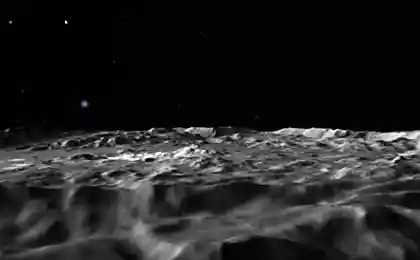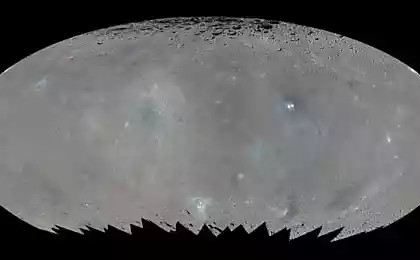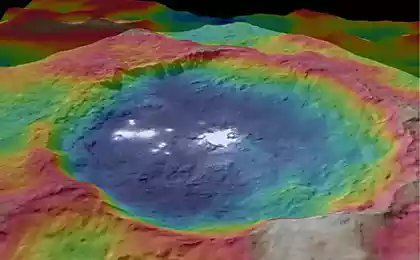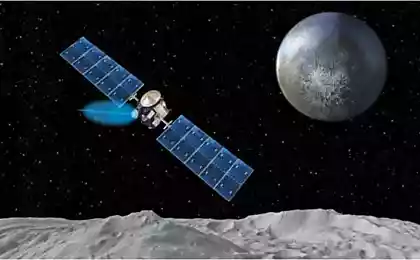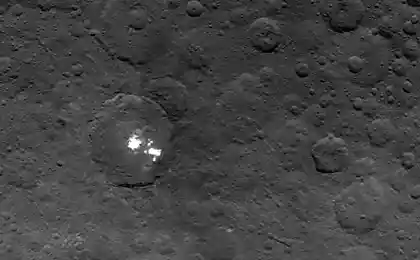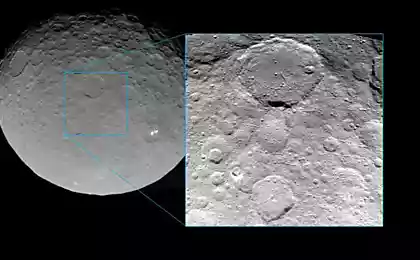429
On Ceres discovered another mysterious spot
Two bright spots are noticeably stand out against the gray surface of Ceres are not the only one on this planet.
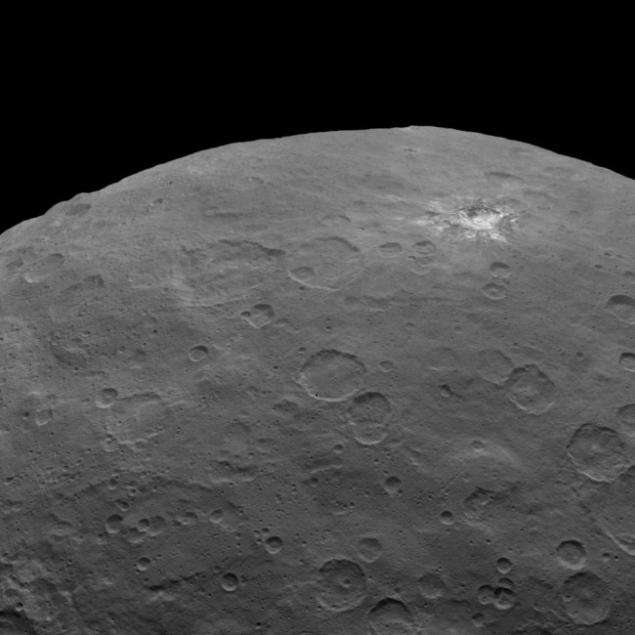
Fresh photos published on the website of the jet propulsion Laboratory of NASA, showing a crater similar to the craters Kepler and Copernicus on the moon.
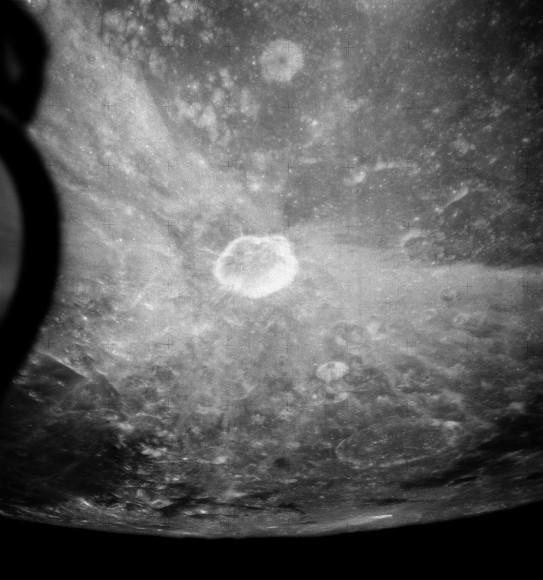
View of the lunar crater Proclus with the spacecraft "Apollo-15"
In the light of the moon craters seem to be surrounded by bright lines or rays. The visible system of rays formed by light-colored rocks that contrast with the rest of the surface.
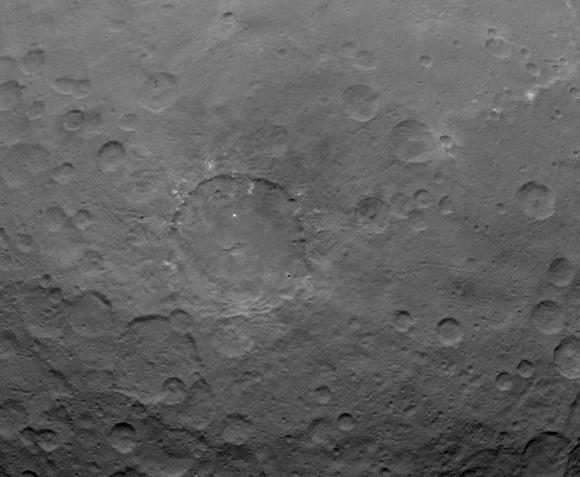
Ceres. Material in the form of bright dots and spots.
The photo was taken on may 22, 2015 from a distance of 5,100 kilometers
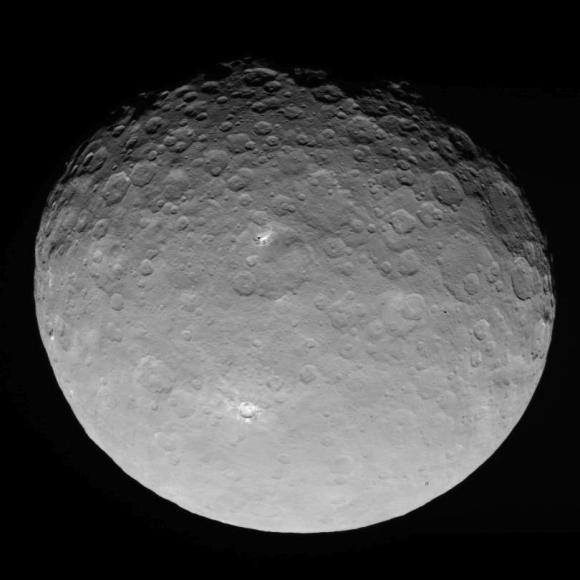
Ceres. The picture was taken may 4 from a distance of 13 600 km.
Illuminated crater (bottom) and another bright spot (center)
According to most models, Ceres has a rocky cratered surface, icy mantle and a rocky core. Scientists suggest that the bright spots in the pictures are the outcropping of ice, which gradually evaporates from the surface of the planet.
The spacecraft "Dawn" which explores Ceres to complete its main mission in early 2016. During this time, scientists plan to obtain the composition of the material in the form of bright spots on the images.
Ceres, as the Earth and other planets, has a slightly flattened spherical shape that expands at the equator. The temperature on the dwarf planet varies from -73 ° C during the day to -143° C at night. For comparison: the lowest temperature on Earth for the entire history of observations made -89,2 °C. published
P. S. And remember, just changing your mind — together we change the world! ©
Source: hi-news.ru

Fresh photos published on the website of the jet propulsion Laboratory of NASA, showing a crater similar to the craters Kepler and Copernicus on the moon.

View of the lunar crater Proclus with the spacecraft "Apollo-15"
In the light of the moon craters seem to be surrounded by bright lines or rays. The visible system of rays formed by light-colored rocks that contrast with the rest of the surface.

Ceres. Material in the form of bright dots and spots.
The photo was taken on may 22, 2015 from a distance of 5,100 kilometers

Ceres. The picture was taken may 4 from a distance of 13 600 km.
Illuminated crater (bottom) and another bright spot (center)
According to most models, Ceres has a rocky cratered surface, icy mantle and a rocky core. Scientists suggest that the bright spots in the pictures are the outcropping of ice, which gradually evaporates from the surface of the planet.
The spacecraft "Dawn" which explores Ceres to complete its main mission in early 2016. During this time, scientists plan to obtain the composition of the material in the form of bright spots on the images.
Ceres, as the Earth and other planets, has a slightly flattened spherical shape that expands at the equator. The temperature on the dwarf planet varies from -73 ° C during the day to -143° C at night. For comparison: the lowest temperature on Earth for the entire history of observations made -89,2 °C. published
P. S. And remember, just changing your mind — together we change the world! ©
Source: hi-news.ru
